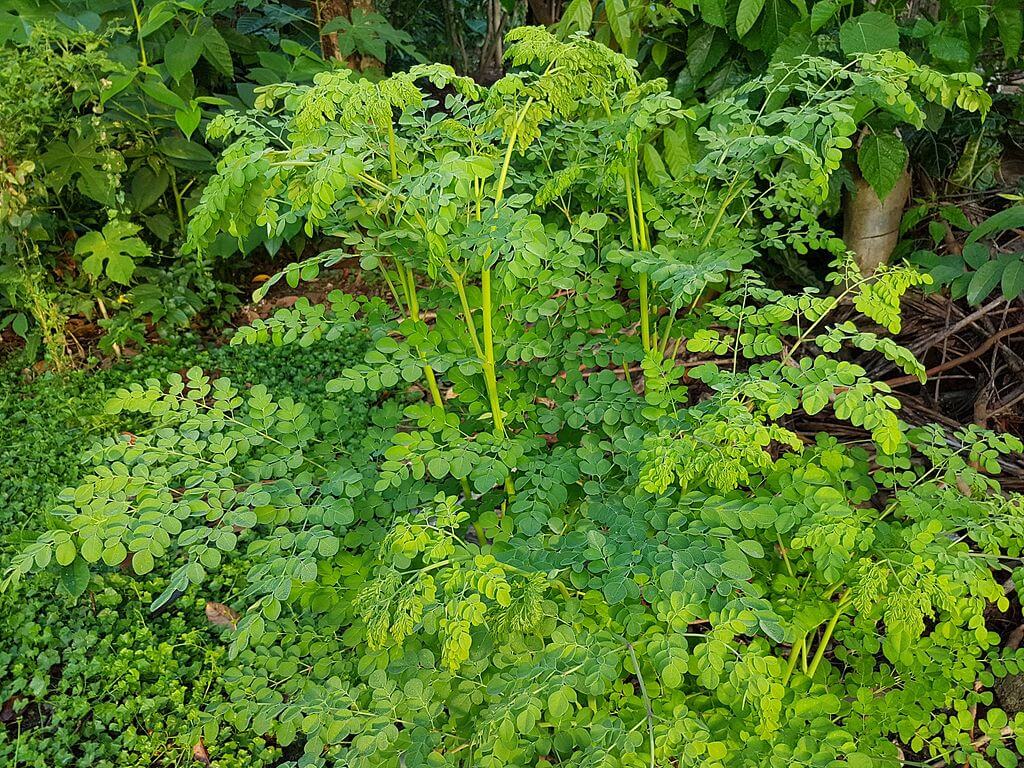Jema Pamintuan, PhD
Moringa Olefeira, also known as “the miracle tree,” “the never die,”(because of its adaptability to weather), “the drumstick tree,” “horseradish tree,” “ben oil tree” and “mother’s best friend,” is a type of tree species packed with medicinal and nutritional, and even industrial benefits. Though the tree in its entirety has various uses, we focus on the moringa leaves as food that offer many essential vitamins and minerals. Protein, iron, zinc, magnesium, calcium, potassium, fiber, vitamins A, B, C, and nine essential amino acids are all found in the small, nourishing leaves of moringa. Moringa olefeira trees are most commonly grown in tropical and subtropical regions, such as in South and Southeast Asia, Africa, the Pacific Islands, Latin America, and some parts of the US. It is fast-growing and can withstand droughts. The seeds and saplings can be bought online and you can grow them in pots and later on transplant them in your garden. You can note and research on specific instructions for cultivating moringa and the type of soil needed. Moringa olefeira leaves can also be purchased in powder form, which is available in select groceries and stores, across the US.
Scientific research has shown how moringa can be used to prevent diseases such as anemia, cancer, diabetes, and nutrient disorders. It also has anti-inflammatory and anti-bacterial properties and has been endorsed by the World Health Organization to help fight malnutrition. Studies have been, and are still being conducted, to explore the many potentials and possibilities of using moringa olefeira in food and medicine.
Its numerous amount of different nutrients also cover how versatile moringa is when being prepared as a dish. It is bland and friendly to the tongue, and tastes a bit like spinach. Be it in leafy vegetable or powder form, you can add it to mostly any type of food. The leaves can be used in soups, salads, smoothies, and meat and fish dishes, or can be brewed as tea. For the moringa leaf powder, use it depending on your taste and preference, and also check instructions in the package. The powder form has a slightly bitter taste, but is unnoticeable once you mix it in your food or drink. Depending on how much food or drink you are preparing, you can add 1/2-1 teaspoon of moringa leaf powder in soups, salads, smoothies, sauces, oatmeal, rice, bread, and basically any dish that you prepare, cook, or bake. It enhances the flavor while assuring a nutrient-fortified food or drink that provides great sustenance for one’s health.
References:
https://hub.jhu.edu/magazine/2016/winter/moringa-the-next-superfood/. Accessed on August 31, 2018.
https://www.newyorker.com/tech/elements/meet-the-moringa-tree-an-overqualified-underachieving-superfood. Accessed on August 31, 2018.
https://www.sciencedirect.com/science/article/pii/S2213453016300362. Accessed on September 4, 2018.
https://www.omicsonline.org/open-access/miracle-tree-a-review-on-multipurposes-of-moringa-oleifera-and-itsimplication-for-climate-change-mitigation-2157-7617-1000366.pdf. Accessed on September 4, 2018.


